Parenting is one of the most fulfilling but challenging roles in life and coming up with effective ways to control children can be a process of trial and error.
Positive discipline extends the perspectives on parenting a child that are built around empathy, respect and comprehension about children’s behavior.
Positive discipline does not encourage punitive measures or autocratic approaches; instead, it trains children as well as empowering them towards sound decision-making in order to foster strong parent-child relationships.
This post introduces positive discipline and discusses some concepts behind it including practical steps which can be done by parents in their daily activities.
Let’s explore how transformative the positive discipline technique is for creating self-assured compassionate individuals who are resilient enough to shoulder through adversities.
What Is Positive Discipline?
Positive discipline is a strategy of child-rearing that aims to teach children good behavior through reinforcement, guidance, and respect rather than simply punishment or coercion. It emphasizes the need for solid relationships between parents and their children based on mutual respect for each other’s feelings.
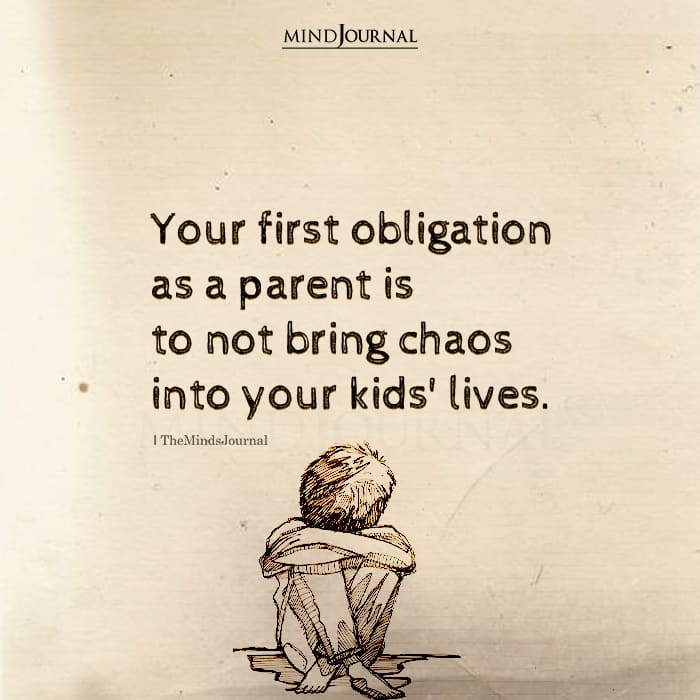
In its essence, what is positive discipline focuses on building self-control among children; it also enhances their self-esteem as well as problem-solving skills.
This approach allows children to feel free since they are aware that whatever they think about will be taken into account by people around them.
This means specifying what should or shouldn’t be done within a family in terms of behavior while offering continuous guidance and appreciating any steps done towards achieving such expectations thus reinforcing the same actions using expressions like ‘great job’.
Read More: 10 Effective Consequences for Kids’ Bad Behavior You Need To Use!
10 Positive Discipline Techniques for Parents
Children can develop a caring environment through positive nurturing techniques.

Besides, they assist in the teaching of crucial morals and life skills. Below are the ten parenting techniques based on what is positive discipline.
1. Promote Positive Behavior
If you want more of good, always acknowledge it. Be specific when praising your child for doing such things like sharing, kindness or completing tasks by themselves.
When we notice what they have accomplished and the effort they put into it, children will feel valued and motivated.
Use other forms of encouragement including verbal compliments, highfives, stickers or special privileges that tell children that we take note of their accomplishments as well as efforts.
2. Be Clear about Expectations
This helps children to understand what is acceptable behavior in different situations consistently by having clear expectations across various situations Use age-appropriate language and examples when communicating rules or boundaries.
You might think about involving kids in setting those expectations so that they could offer ideas and as well comprehend why each one is important. Enforce consequences firmly but fairly whenever expectations aren’t met; it teaches responsibility for taken actions.
3. Avoid Negative Language:
Develop a supportive learning atmosphere by using positive words to perceive mistakes as opportunities rather than failures. Instead of saying “Don’t run” say “Please walk”.
By shifting attention away from what we don’t want them to do towards discussing desire results, we can increase understanding and cooperation while reducing resistance or defiance too.
Also, ensure that you emphasize the importance of good deeds so that they can recognize their worth in contributing positively through their attempts
4. Model Good Behavior:
Children learn from watching adults and copying what they do. As a parent, this means that everything you do is important as it can affect your child’s behavior and beliefs greatly. Be patient, considerate, and understanding when dealing with others including your child.
Demonstrate how these processes work for effective communication abilities, problem solving methods and conflict resolution patterns which will give them something to imitate.
You are therefore supposed to create an environment in which they can acquire the values and behaviors that are significant to you.
5. Multiple Choices:
By allowing children to select between some alternatives but within acceptable boundaries, they can develop independent minds and enhance their decision-making abilities.

This means that kids have an opportunity to make choices of their own hence being autonomous but only through limits imposed by parents or caregivers.
Make sure that when you give different options, any of them should be appropriate for the age of a child as this develops ownership and responsibility among young ones.
So include children in decision making because when you do this, it boosts their self-esteem and self-reliance while also creating harmony amongst them through active engagement.
Read More: How To Get Respect From Your Child: 10 Effective Ways!
6. Causal Consequences:
To teach right from wrong, one must use logical consequences such that children may comprehend the relationship between what they did and what happened next in response.
Punishments are seen as unfair or randomly given while logical consequences always apply to what was done thus turn out to be priceless lessons learnt.
For example; if a child doesn’t clean his/her toys up then taking those toys away from him/her until he/she is responsible would be one amongst many possible logical consequence(s).
Children will become personally accountable and gain skills necessary for making choices based on expected results through this approach.
7. Time-In Not Time-Out:
Instead of using traditional compassionate and constructive time-out techniques, parents can use time-ins which involve remaining in touch with the child during conflict or any other stressful moment instead of excluding him or her.
These offer opportunities for emotional coaching and problem solving thereby helping in development of coping strategies and emotional regulation among children.
When you are always present beside them showing what is right then they learn better ways of dealing with life’s various challenges. Nurture their intelligence so that they grow into emotionally intelligent individuals.
8. Active Listening:
Active listening is an empathic and supportive approach to relating with a child. Take your time to listen genuinely without judging or stopping their thoughts, feelings, and points of view from being expressed.
Respond by reflecting back emotions through empathy while validating experiences shared with you.
When you create an atmosphere where they can talk freely it builds trust between the two parties involved here.
Because of what is positive discipline technique, all information necessary will have been provided during this period thus making it easy for mothers to handle such matters later on when required therefore this skill helps them detect when something is wrong with their infants.
9. Reinforce Positive Values:
Take discipline as an occasion to reinforce positive values such as compassion, sympathy, and accountability. It also ensures that children know how their actions affect others, while at the same time promoting thinking differently.
Teach empathy while addressing difficult behavior; teach them conflict solving but also enlighten them on why it is important to respect one another and treat one another with kindness.
Through stories, role play and real life situations that show these virtues among other things leading to better community relationships.
10. Focus on Teaching:
Think of discipline as an opportunity for learning rather than punishing your child; in this case you will be patient enough guided by love too which is not only correcting what went wrong alone but going beyond that to better understand them.
Through self-control among other things, help the person under your care acquire necessary survival tactics so that they can easily fit into any society without causing any problems or harm either to themselves or people around them.
Read More: How To Discipline Sensitive Children? 5 Science-Backed Strategies
Final Thoughts
Positive discipline techniques offers a transformative approach to parenting that emphasizes empathy, respect, and understanding of children’s behavior.
By focusing on reinforcement, guidance, and respect rather than punishment, parents can build strong parent-child relationships based on mutual respect and trust. The ten techniques discussed in this article provide practical steps for implementing positive discipline in daily parenting activities.
By embracing positive discipline, parents can create a nurturing environment that fosters the growth of confident, compassionate individuals capable of navigating life’s challenges with resilience and grace.
Frequently Asked Questions (FAQs)
1. What is positive discipline?
Positive discipline is a child-rearing strategy that teaches good behavior through reinforcement, guidance, and respect rather than punishment or coercion.
2. Why is positive discipline important?
Positive discipline builds self-control, enhances self-esteem, and develops problem-solving skills, fostering strong parent-child relationships based on mutual respect.
3. How can parents promote positive behavior?
Parents can promote positive behavior by acknowledging and praising specific good actions, using encouragement like verbal compliments, high-fives, stickers, or special privileges.


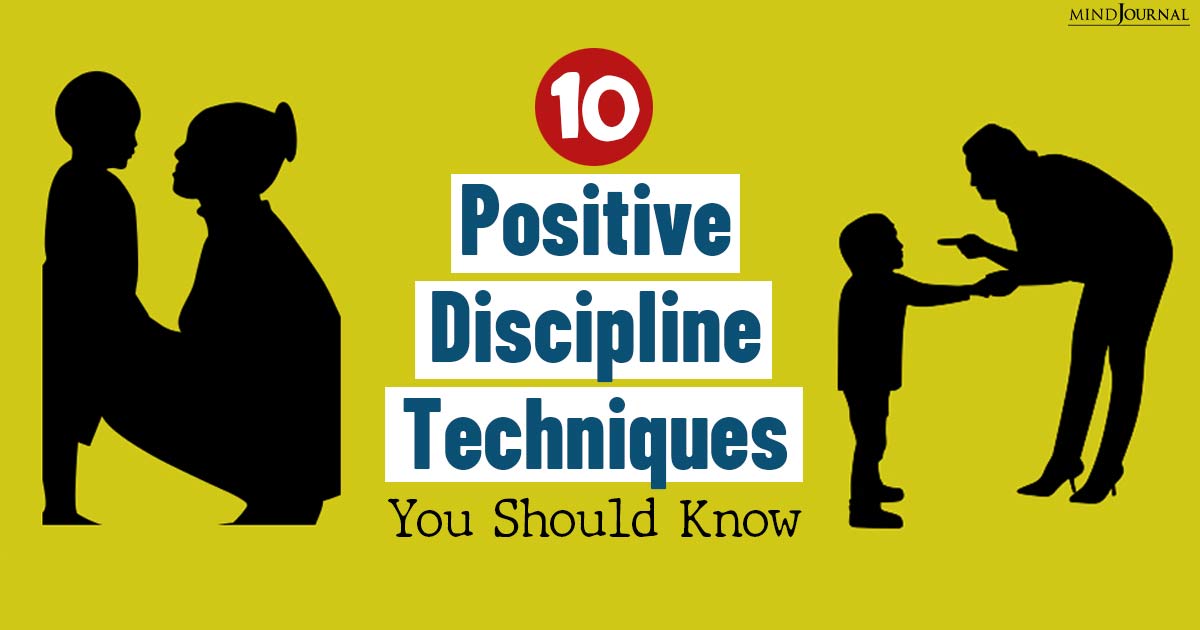

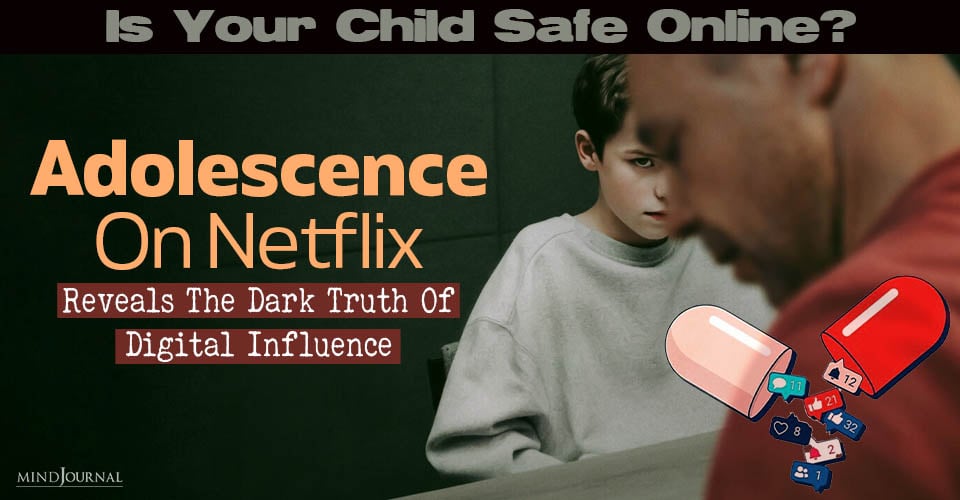
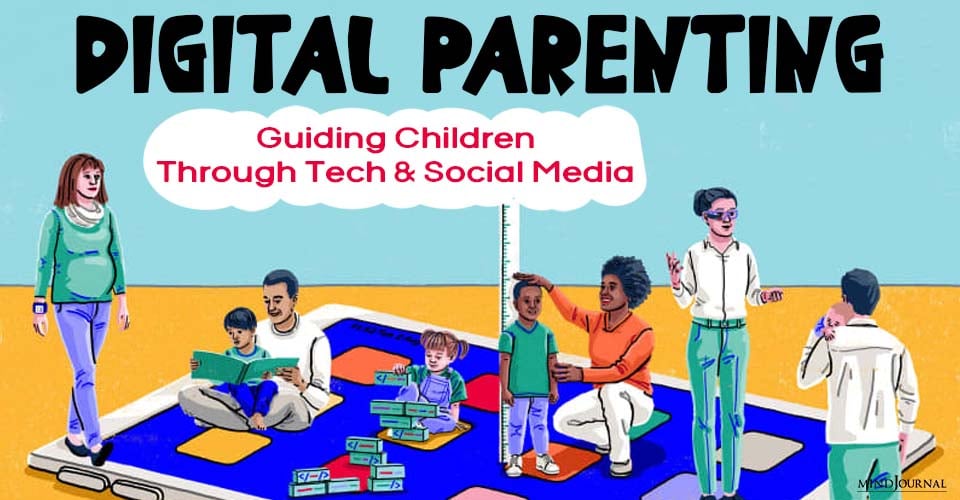

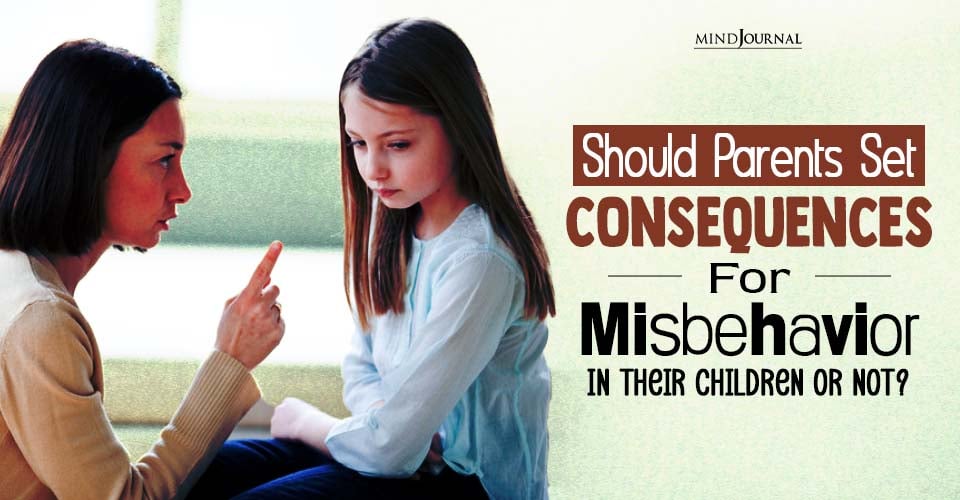
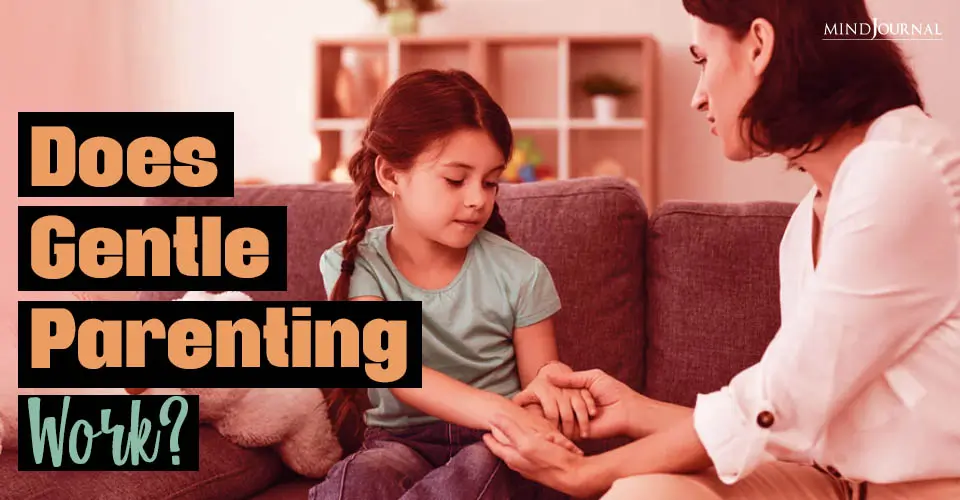
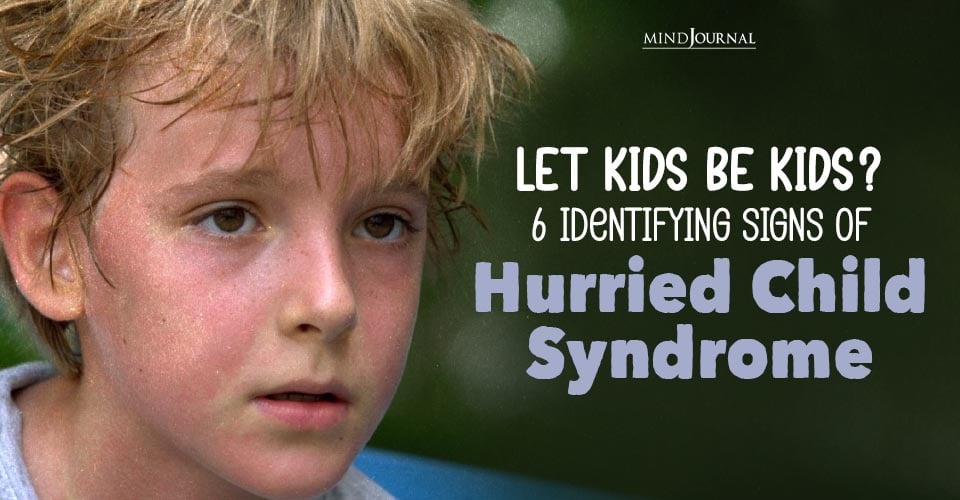
Leave a Reply